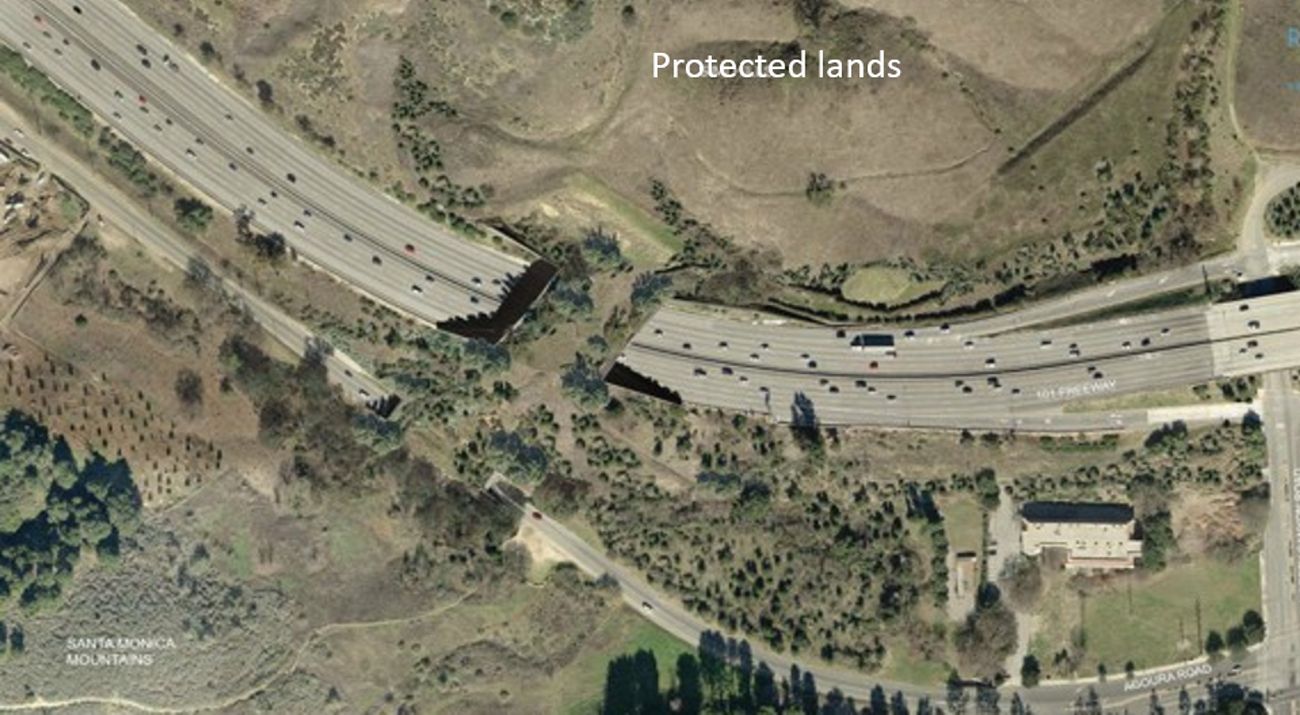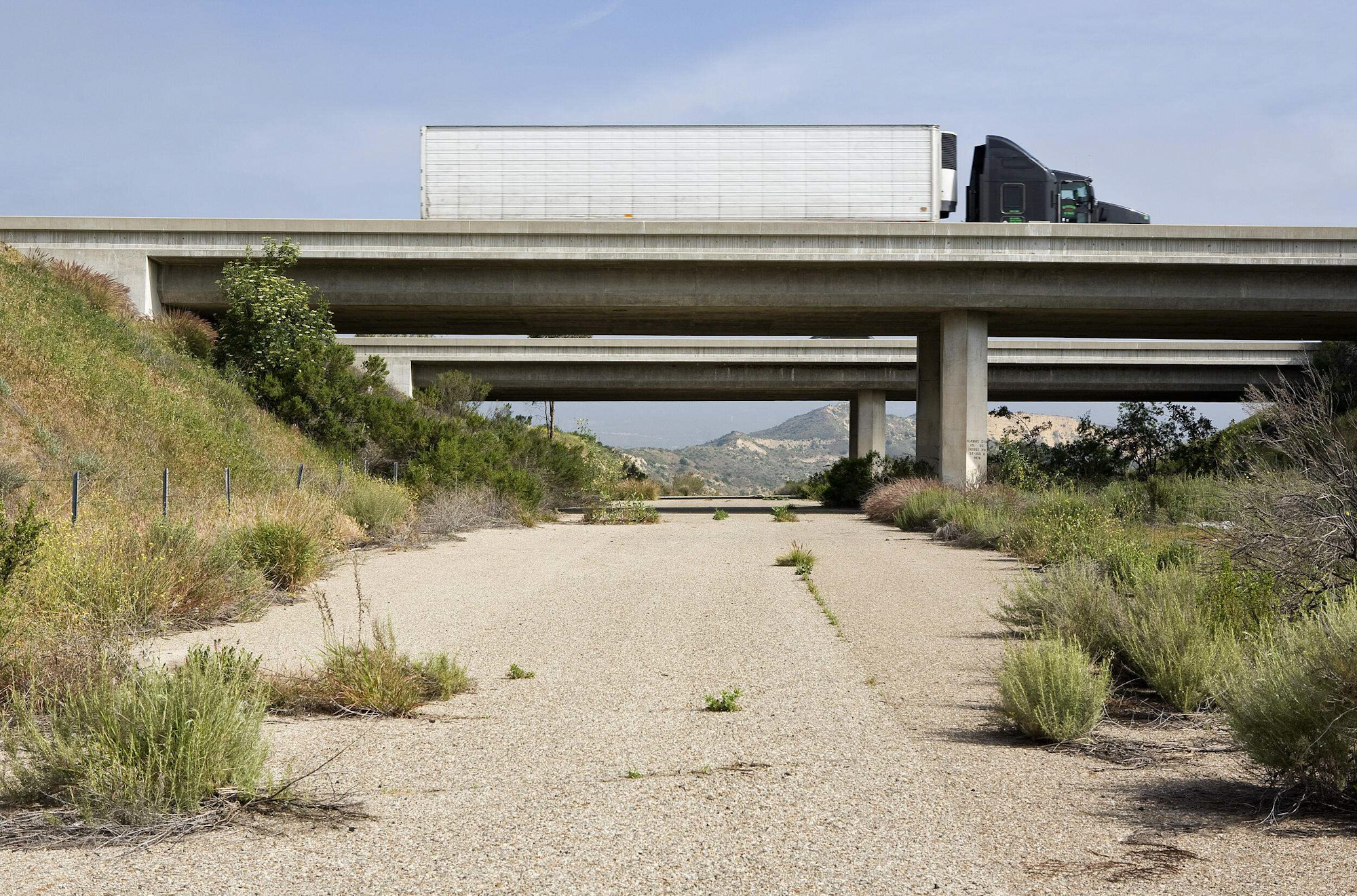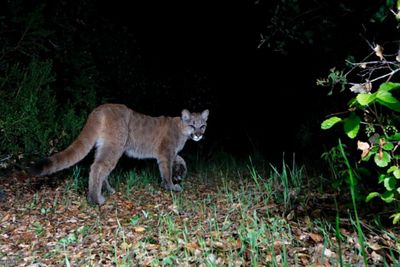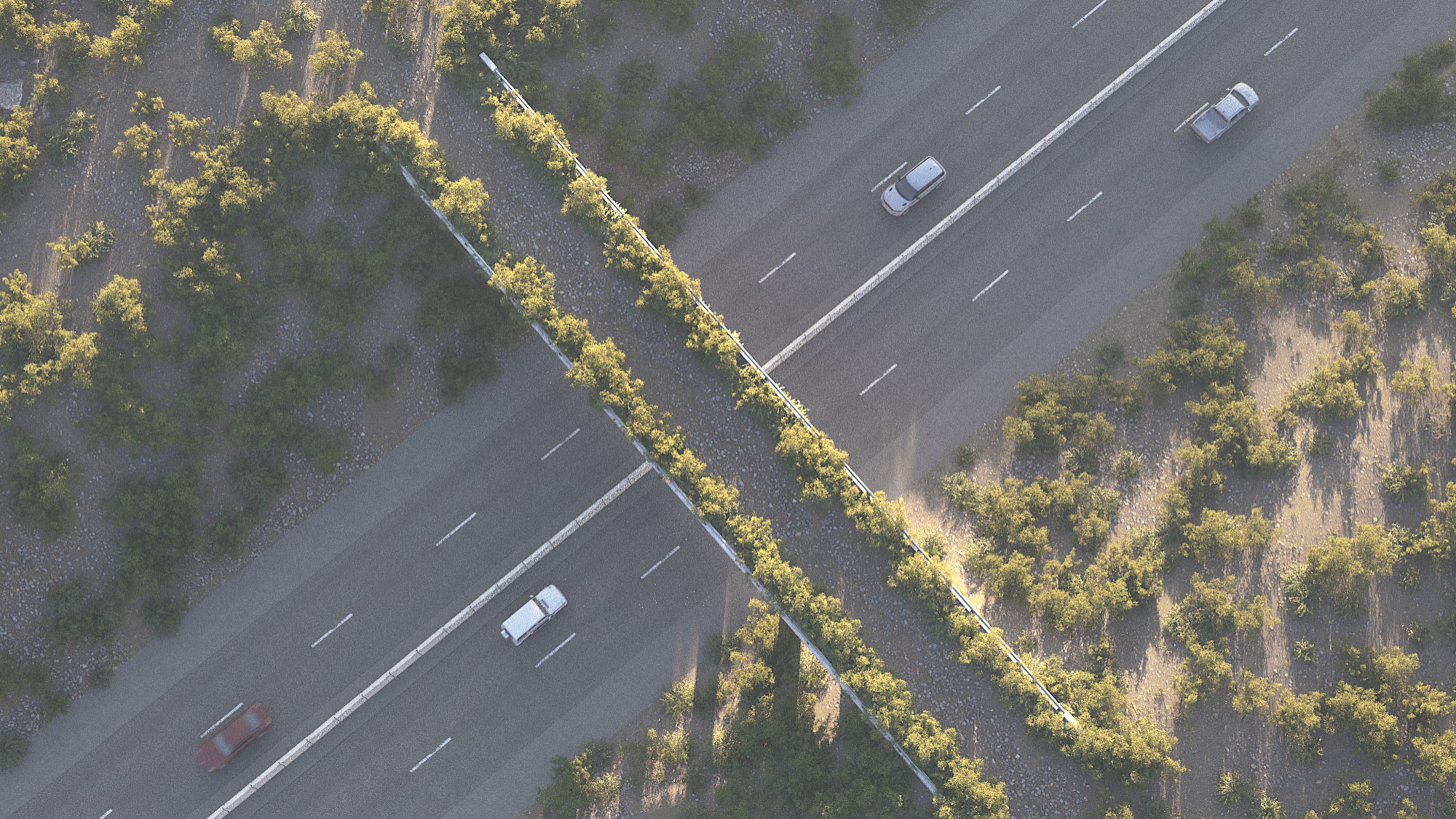Habitat Connectivity
An RCIS requires the inclusion of habitat connectivity in its assessment of conservation needs and provides incentives for integrating connectivity into RCIS plans.


California policy supporting habitat connectivity
Improving habitat connectivity and removing barriers to wildlife and species movement have been a recent focus of the California legislature, which has passed notable laws to identify barriers and incentivize actions to improve permeability. The California Safe Roads and Wildlife Protection Act (AB 2344) requires the California Department of Transportation to identify terrestrial and aquatic barriers to wildlife movement, and requires these barriers be removed or mitigated for when designing and implementing future transportation projects. This is a potential avenue through which future connectivity projects can be identified and implemented. The California Fish and Wildlife Code for Wildlife Connectivity Actions Mitigation (SB 790) provides pathways for mitigation credits through an MCA and the mitigation banking program.
Several statewide resources are available that describe current connectivity corridors: California Essential Habitat Connectivity Project, ACE Terrestrial Connectivity, Fish Passage Assessment Database, and The Nature Conservancy’s Omniscape Connectivity Explorer for California and the Omniscape Web map.
Other regional, fine-scale analyses are also available, such as: Critical Linkages: Bay Area and Beyond, A Linkage Network for the California Deserts, A Wildland Network for the South Coast Ecoregion, and A Conservation Design for the Central Coast of California and the Evaluation of Mountain Lion as an Umbrella Species.

Planning for Connectivity through the RCIS Program
All three components of the RCIS Program feature habitat connectivity and wildlife corridors as an important conservation concern, with the RCIS providing the planning context through the connectivity goals, objectives and actions for specific species and habitats, and the MCA providing an implementation opportunity to create mitigation credits and generate revenue for connectivity and conservation actions.
An RCA features habitat connectivity values as an important element of the RCA. An RCA is required to identify and summarize existing analyses related to connectivity in the RCA geography, including existing protected areas and intact lands, wildlife movement corridors, barriers to wildlife movement and fish passage and large landscape blocks that provide habitat connectivity or could provide habitat connectivity.
The RCA also includes climate vulnerability analyses (including factors that may contribute to climate resilience such as connectivity corridors that facilitate species movement as species ranges and habitats may shift in response to climate change), and landscape-scale climate resilience (including landscapes that may remain stable in a changing climate).
An RCIS has several sections where habitat connectivity must be included and/or considered:
- Habitat linkages between intact habitat blocks within and adjacent to the RCIS area must be described
- Habitat connectivity must be included as a conservation element
- When selecting focal species, wide-ranging species that represent wildlife and habitat connectivity should be included
The Habitat Connectivity conservation element can include descriptions of terrestrial and aquatic connectivity, as well as where barriers to connectivity exist within the RCIS area.
The RCIS proponent conservation needs (i.e., specific species mitigation credits) can guide the development of connectivity actions. Connectivity should be incorporated into specific actions for focal natural community and species conservation elements that address projected changes to suitable habitat due to climate change stressors.
